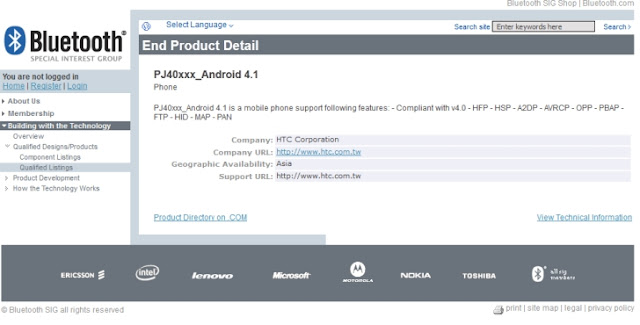Xiaomi, one of the most popular Chinese handset makers has just announced its MI-Two Android smartphone will go on sale on October 26.
Obviously, the device will only be available in China, so those Android enthusiasts in other countries won’t be able to purchase it online. Given the fact that the Chinese handset maker has a special way of selling its products, we expect the Mi-Two smartphone to be sold out in under 5 minutes. This is based on previous experiences when Xiaomi managed to sell each stock of 200-300k units in a bit more than 4 minutes. GSMArena reports that the first 200,000 Xiaomi Mi-One S were sold in about 30 minutes, but then the second stock of 300,000 units went in under 5 minutes.
The same happened with the Mi-One S Young Edition, but this time Xiaomi sold 350,000 units in only 4 minutes and 15 seconds. There’s a high chance the same will happen with the upcoming Xiaomi Mi-Two superphone, which is currently priced at only $315 USD (225 EUR). For the time being, we don’t have any info regarding the first batch of Mi-Two devices, so we must assume it will be around 300-350k for the start. If the batch sells in a few minutes, Chinese customers will have to wait several weeks until Xiaomi builds up another batch of Mi-Two smartphones. For those unfamiliar with this device, Xiaomi Mi-Two will ship with Android 4.1 Jelly Bean platform out of the box. It will be equipped with a quad-core Qualcomm Snapdragon S4 Pro processor clocked at 1.5 GHz and 16GB of internal memory.
Xiaomi Mi-Two sports a 4.3-inch IPS LCD capacitive touchscreen display that supports HD (720p) resolution. The phone is powered by a 2000 mAh Li-Ion battery, which has yet to be rated by the manufacturer.
 |
| Xiaomi Mi-Two ad Image credits to Xiaomi |



 10/24/2012 08:05:00 PM
10/24/2012 08:05:00 PM
 dannzfay
dannzfay












.png)












